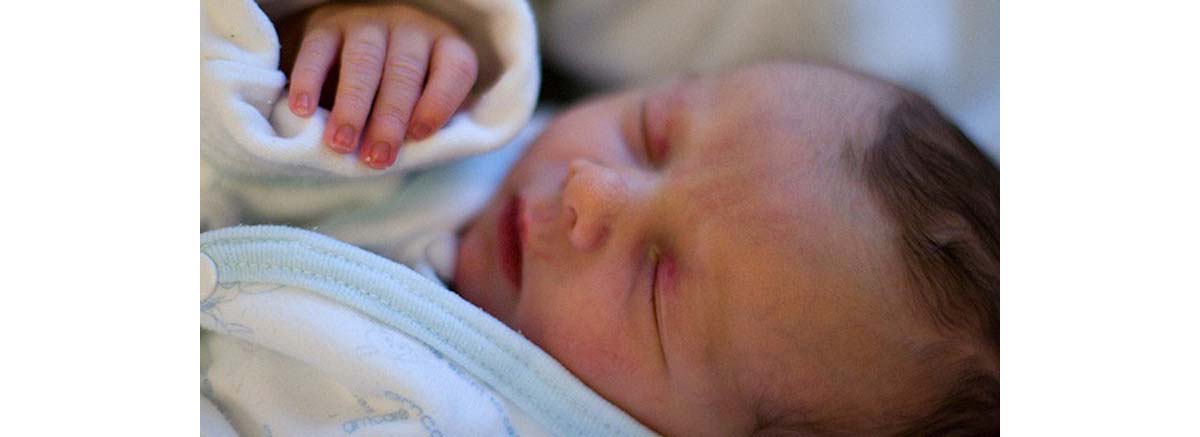Table of Contents
Parenting is all about choices and challenges, and difficult questions begin to pop up as soon as we discover we are pregnant. Choosing a healthcare provider to watch over the pregnancy is one of the most important things a pregnant woman does.

Expectant moms who are enjoying a healthy, low-risk pregnancy may decide to see a homebirth midwife for their prenatal care needs, and they may later decide to give birth with that same midwife by their side. How do you pick the right midwife, though?
Why choose homebirth?
Only one percent of moms chooses to give birth at home in the US at the moment, though giving birth in the comfort of your own home is becoming more popular in recent years. Hospitals have never been as well equipped, and science has never been as advanced as it is now. Why would anyone still choose homebirth?
That one percent may be statistically insignificant, but it is still a fairly large group of women. In short, there are many, many different reasons to choose to give birth at home, and they are as varied as the women who make this choice. The most common reasons to opt for a homebirth include:
-
Personal preference
-
Seeing homebirth as the default choice for a healthy, normal pregnancy
-
Desiring a family-centered labor and birth
-
Fear of hospitals or doctors
-
Seeing labor and birth as normal, rather than pathological and inherently dangerous
-
Being refused a Vaginal Birth After Cesarean at local hospitals and hoping to avoid a c-section this time around
-
Hoping to avoid medical interventions such as labor induction and epidural anesthesia
-
A natural parenting/living philosophy
-
For financial or insurance reasons
-
A history of fast labors; thinking that you may not be able to make it to the hospital in time
Is homebirth safe? A meta-analysis of 11 studies, the Wax meta-analysis shook the homebirth "community" when it showed that homebirth was associated with a lower rate of maternal complications, but that it tripled neonatal mortality. Who wouldn't be scared by that? Well, the Wax meta-analysis has its problems, as do most homebirth studies. The Wax meta-analysis should have compared low risk homebirths to low risk hospital births, and the circumstances should have been similar. Instead, the study included homebirth studies from the 1970s and 1980s, as well as homebirths that were unplanned and where it was not even clear if they were attended by any midwife at all. Various countries were included in the meta-analysis.
Is homebirth safe? Not according to the dubious Wax meta-analysis. Yes, if you have a low-risk pregnancy, a good midwife, and good transfer possibilities, says a Dutch study from 2009. Which study is most convincing? Homebirth studies are generally carried out using small samples, given that not many women choose to give birth at home, and the outcomes cannot possibly be transferred from one country to the next, as healthcare systems, midwifery care, and other factors will be completely different.
This is not an anti-homebirth article — the author has done it herself. Weighing the risks and benefits is an individual process, the outcome of which will be different for every family (no matter what statistics say). You'll have to factor in your own health, any complications you may encounter during your pregnancy, the quality of your local hospitals, and of course the quality of homebirth midwives near you. That's what we are going to take a look at now — how to select the best midwife for you and your baby.
- Photo courtesy of kaceyjordan on Flickr: www.flickr.com/photos/kaceyjordan/6107416157
- Photo courtesy of bibbit on Flickr: www.flickr.com/photos/bibbit/4273718204
- Photo courtesy of chrisandjenni on Flickr: www.flickr.com/photos/chrisandjenni/147355799

